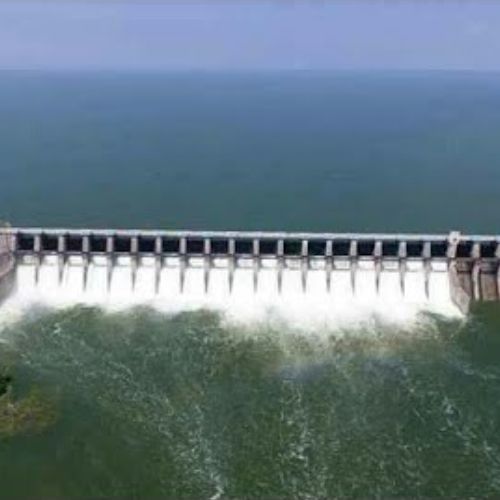As per the Central Water Commission’s (CWC) Reservoir Storage Bulletin dated February 29, 2024, the reservoirs across the country exhibit a live storage capacity of 77.399 BCM, constituting 43% of their total live storage capacity. In comparison, the corresponding period last year recorded a higher live storage of 92.779 BCM, marking a decline of 16.61% in the current year for 150 reservoirs.
In the Northern region, the total water storage in the reservoirs as of February 29 is 7.220 BCM, representing 37% of the total live storage capacity. This figure is a decrease from the 45% recorded during the same period last year.
Conversely, the Eastern region displays improved water storage compared to the previous year. The total live storage in these reservoirs stands at 11.024 BCM, accounting for 54% of the total live storage capacity, up from 48% during the corresponding period last year.
In the Western region, the total live storage is 19.731 BCM, constituting 53% of the total live storage capacity, a decrease from the 63% reported during the corresponding period of last year.
Moving to the Central region, the total live storage is 24.433 BCM, comprising 51% of the total live storage capacity. This marks a decline from the 53% recorded during the corresponding period last year.
In the Southern states, the Reservoir Storage Bulletin dated February 29, 2024, indicates a total live storage of 14.991 BCM, amounting to 28% of the total live storage capacity. This reflects a decrease from the 47% recorded during the corresponding period last year.
According to the CWC report, States exhibiting better storage than last year include Assam, Jharkhand, Odisha, West Bengal, Uttarakhand, and Kerala. States with equal water storage to last year are Gujarat and Madhya Pradesh.
Meanwhile, States experiencing lesser storage than last year include Himachal Pradesh, Punjab, Tripura, Rajasthan, Bihar, Nagaland, Maharashtra, Uttar Pradesh, Chhattisgarh, Telangana, Andhra Pradesh, Karnataka, and Tamil Nadu.












